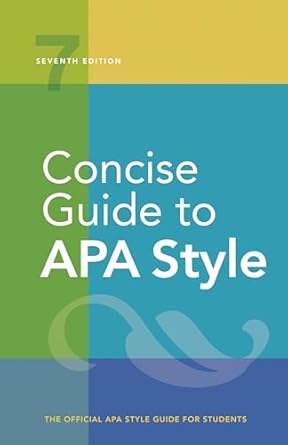[toc]
relaxation techniques in group therapy a review
Concise Guide to APA Style: 7th Edition (OFFICIAL)
Page 54 Review
The Promising Potential of Relaxation Techniques in Psychotherapy Groups
The excerpt from the student paper highlights the potential of integrating guided imagery and progressive muscle relaxation techniques within group psychotherapy settings.
The author delves into the current research landscape, identifies limitations, and suggests directions for future studies.
This commentary will explore these aspects in detail, emphasizing the significance and potential impact of these techniques.
Current Research and its Limitations
The paper acknowledges the existing evidence supporting the efficacy of psychotherapy groups incorporating guided imagery and progressive muscle relaxation.
However, it also critically examines the limitations of previous studies.
As noted, “a lack of control groups and small sample sizes have contributed to low statistical power and limited the generalizability of findings.” This is a crucial point.
Without robust control groups, it’s difficult to ascertain whether the observed benefits are directly attributable to the relaxation techniques or other factors.
Similarly, small sample sizes reduce the statistical power, making it harder to detect true effects and increasing the risk of false negatives.
Future Research Directions
The author suggests several avenues for future research to address these limitations.
One key area is the need for studies that “should address how these relaxation techniques can assist people in diverse groups and how the impact of relaxation techniques may be amplified if treatments are delivered in the group setting over time.” This emphasizes the importance of understanding the nuances of how these techniques work across different populations and the potential benefits of sustained application.
The text continues, suggesting future research should also “examine differences in inpatient versus outpatient psychotherapy groups as well as structured versus unstructured groups…inpatient and outpatient groups are distinct, as are structured versus unstructured groups, and each format offers potential advantages and limitations.” This point is vital, as the context in which therapy is delivered can significantly influence its effectiveness.
Understanding these differences is essential for tailoring interventions to specific settings and patient needs.
The paper specifically calls for more empirical research, emphasizing that “Empirical research assessing these interventions is limited, and further research is recommended.” This highlights the need for more rigorous studies that can provide stronger evidence for the effectiveness of these techniques.
The Importance of Group Dynamics
The excerpt touches upon the complexities of group dynamics in psychotherapy.
The author mentions that “an advantage of an unstructured group is that the group leader can reflect the group process and focus on the ‘here and now,’ which may improve the efficacy of the relaxation techniques.” This highlights the potential synergy between relaxation techniques and the dynamic interactions within a group setting.
Challenges and Considerations
The paper acknowledges the challenges associated with conducting research in this area, including “challenges in retaining participants over time, resulting in high attrition rates and changes in measures of participation.” These are common obstacles in longitudinal studies, especially those involving therapeutic interventions.
Addressing these challenges is crucial for ensuring the validity and reliability of research findings.
The Promising Outlook
Despite these challenges, the author maintains a positive outlook, concluding that “continued research examining guided imagery and progressive muscle relaxation interventions within group psychotherapy is warranted…
The results thus far are promising, and further investigation has the potential to make relaxation techniques that can improve people’s lives more effective and widely available.” This reinforces the potential benefits of these techniques and the importance of continued research efforts.
The suggestion of personal communication, “(L Plum, personal communication, March 17, 2019)” indicates additional insight which contributes to the overall picture.
Conclusion
In conclusion, the excerpt from the student paper provides a valuable overview of the potential of guided imagery and progressive muscle relaxation within group psychotherapy.
While acknowledging the limitations of current research, it highlights the promising potential of these techniques and suggests important directions for future studies.
Continued investigation in this area could lead to more effective and accessible interventions for improving mental and emotional well-being.
Buy full ebook for only $18: https://www.lulu.com/shop/american-psychological-association/concise-guide-to-apa-style-7th-edition-official/ebook/product-rmzpq54.html?page=1&pageSize=4
Relaxation Techniques In Group Therapy A Review
Read more: Reducing Bias: Understanding Sexual Orientation & SES


Leave a Reply